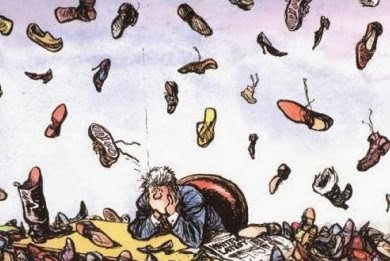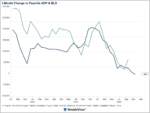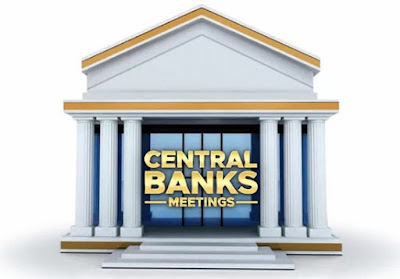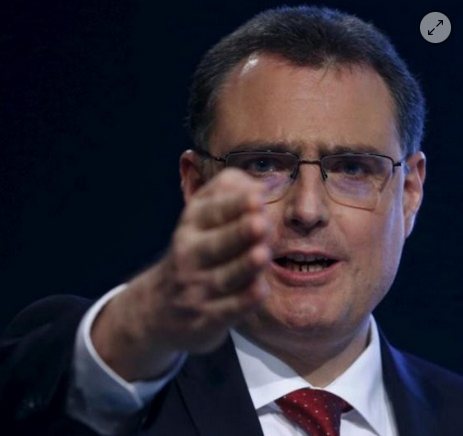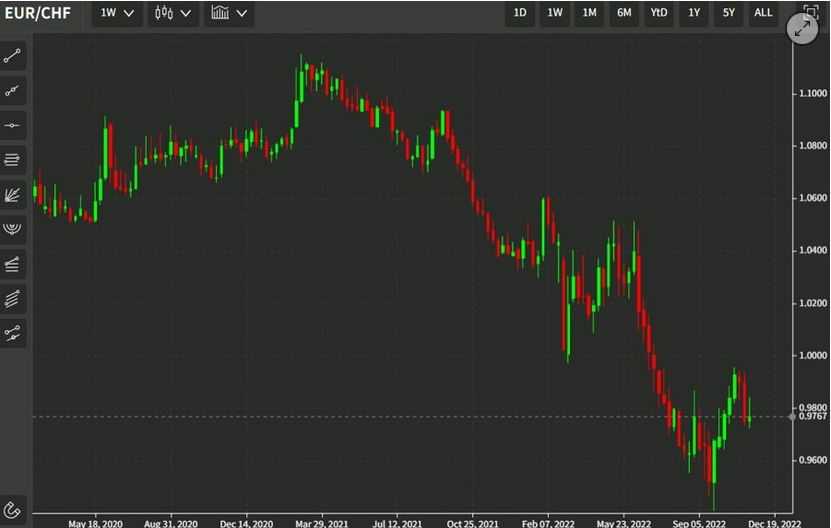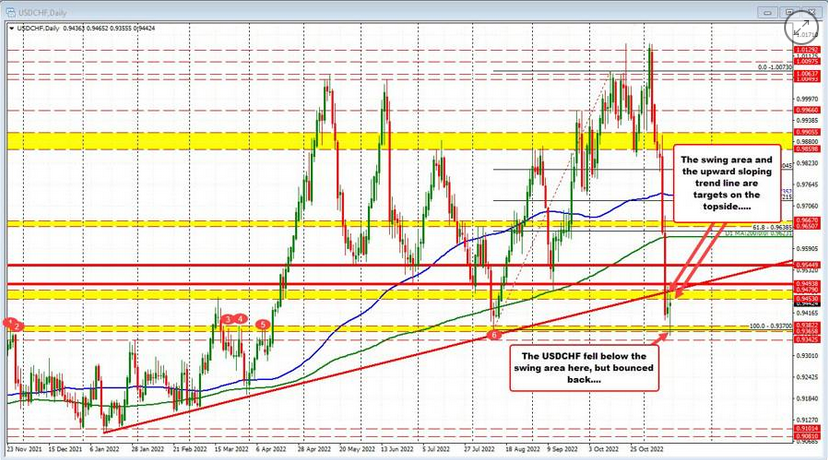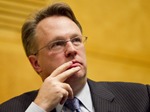One can appreciate the frustration in Tokyo. The Bank of Japan surprised the world by adopting negative rates in January and the yen rallied. Today it disappointed many by not easing, and the yen rallied. The BOJ next meetings in mid-June and like this week, the outcome of its meeting will be announced the day after the FOMC meeting. There is some idea that BOJ may be waiting for Abe’s new fiscal package and the G7 meeting Japan hosts next month.
The FOMC’s statement yesterday did not convince investors that a June hike was more likely, though a majority of economists surveyed see the second hike delivered then. Sequentially, many see the failure of the Fed to include a risk assessment as indicative of the high hurdle for a June move.
While the Fed needs to see evidence that the US economy is recovering from the six-month slowdown, which we think will in fact materialize, we are concerned that the global climate will look different when the Fed meets in mid-June. We are not convinced that emerging market equities can hold their 25% four-month rally. The same is true for commodities. Then, of course, there is the UK referendum, the Spanish election, and likely tensions with Greece. It is possible that the impeachment process in Brazil drags into June as well.
Some suggest a Fed move at the July FOMC meeting. The potential for June turmoil, at least from Europe, may have subsided, and the Fed would have more evidence of the economic performance in Q2. On one hand, the fact that there is no press conference in July would argue against a move. On the other hand, the by raising rates without a scheduled press conference would free the Fed from the gaming in the market. We still would prefer a press conference after every meeting to get around that gaming, which is a common practice among many major central banks.
The bar to additional ECB action in the period ahead is very high. The focus must be on implementing all the new measures (such as the corporate bond purchases and the new TLTRO). Then the impact of these programs needs to be monitored. Some think that after the summer, Draghi will push for more stimulus. We are less sanguine. That time frame strikes us as too aggressive.
The strength of the US labor market, which will likely be confirmed with next week’s national report, is unlikely to alter the outlook for the FOMC. That is not the main challenge presently. The early call is for a 200k increase in April nonfarm payrolls. This may not be sufficient to put the dollar bulls back in the driver’s seat. Going forward consumption indicators may be more important than the employment data.
The imminent risk we have noted in Europe is the review of Portugal’s credit rating by DBRS tomorrow. Recall; that ECB requires at least one of four top rating agencies give a country investment grade status for the sovereign bonds to qualify for purchases under QE. DBRS is the only one to give Portugal investment grade status. It this is changed tomorrow, Portugal would join Greece and Cyprus where the sovereign bonds are excluded.
The EC is considering taking punitive action against Portugal (and Spain) for missing fiscal targets. Two months ago, DBRS was quoted on the news wires suggesting it was ok with the BBB rating and stable outlook assigned to Portugal. Over the past month, the 10-year benchmark yield in Portugal has risen 17 bp. The same as Italy and more than Spain ( +6 bp). This suggests that to the extent foreign investors own Portugal bonds, they are not too concerned about the rating review.
If this sketch is valid, it would suggest more of the same for the US dollar. The bulls may not move into ascendancy until there is a greater sense that the Fed will resume its normalization process. This is consistent with the longer-term technical indicators suggesting that the downside correction in the dollar may not be complete.
Tags: central-banks,newslettersent,U.S. Nonfarm Payrolls









